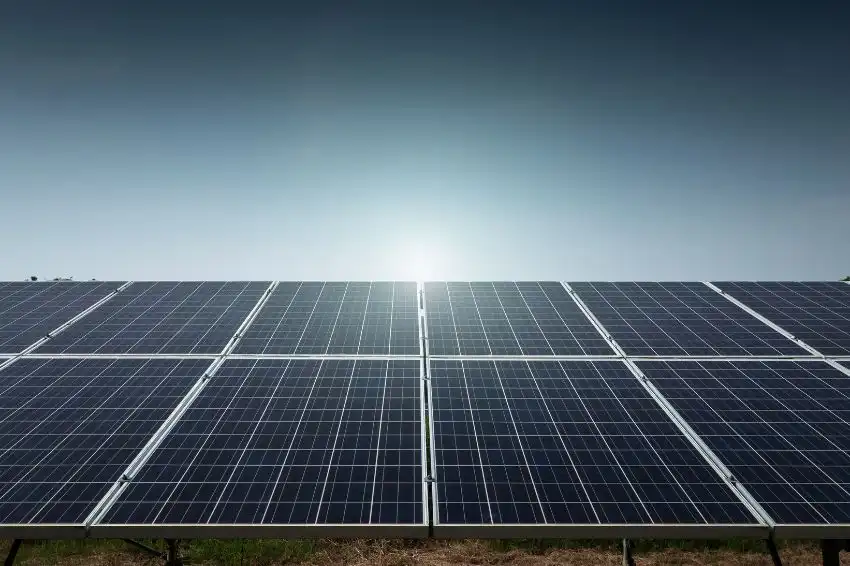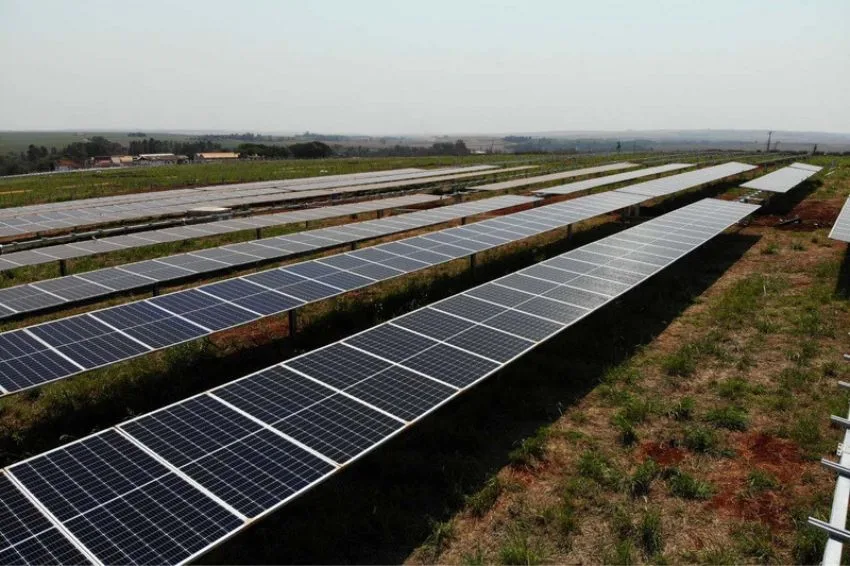"At COP 28, almost 200 countries have committed to triple global renewable energy capacity this decade, which is one of the critical actions to keep alive hopes of limiting global warming to 1.5°C. Our report makes clear that the tripling target is ambitious but achievable – although only if governments quickly turn promises into action plans.”
The statement is Fatih Birol, executive director of the IEA (International Energy Agency). According to a new report from the Agency, countries have a significant opportunity In the next months to develop clear plans to boost renewable energy – thus helping the world achieve the goal of COP 28.
O “COP 28 Tripling Renewable Capacity Pledge”, published this Tuesday (04), pointed out that, although renewable energy is at the center of achieving international energy and climate goals, few countries have explicitly set targets for 2030 in your Nationally Determined Contributions, or NDCs, existing within the scope of the Paris Agreement.
According to the IEA, official commitments in the NDCs currently amount to 1,300 GW – just 12% of what is needed to meet the global tripling target set in Dubai.
However, the IEA's new country survey – covering almost 150 countries – highlighted that governments' domestic ambitions go much further, amounting to almost 8,000 GW of renewable capacity by 2030.
This means that if countries included all their existing policies, plans and estimates in their new NDCs planned for next year, which will include revised ambitions for 2030 and new targets for 2035 – they would reflect 70% of what is needed by 2030 to achieve the target tripling, which corresponds to 11,000 GW of renewable capacity installed worldwide.
“By meeting the objectives agreed at COP 28, countries have a great opportunity to accelerate progress towards a safer, more affordable and sustainable energy system. We will continue to support governments in their efforts to achieve this goal”, highlighted Birol.
Investments in solar and wind
More countries are turning to renewables such as solar photovoltaics and wind power, following a sharp drop in costs over the last decade and renewed efforts by governments to build resilient energy systems with lower emissions.
According to research, the amount of renewable capacity added around the world each year has tripled since the Paris Agreement was signed in 2015. This is largely due to political support, economies of scale and technological progress. – which have reduced the cost of solar and wind by more than 40% over the same period and made them broadly competitive with fossil fuels.
Global renewable capacity additions reached nearly 560 GW in 2023, an unprecedented increase of 64% from 2022, to which China was by far the largest contributor.
At the same time, important challenges remain, from long waiting times for project licenses, inadequate investment in network infrastructure, the need to quickly and cost-effectively integrate renewable energy and high financing costs – especially in emerging and developing economies.
The study proposes specific actions that countries can take to address these obstacles. For example, with regard to reducing financing costs to improve the financial viability of renewable projects, it suggests approaches such as improving the long-term visibility of policies; support projects in the pre-development phase; and reduce price, inflation and exchange rate risks.
All content on Canal Solar is protected by copyright law, and partial or total reproduction of this site in any medium is expressly prohibited. If you are interested in collaborating or reusing some of our material, we ask that you contact us via email: [email protected].
















